Expats in Lima shed light on China
Updated: 2015-05-23 09:50
By Lia Zhu(China Daily USA)
|
||||||||
 |
|
Young girls dressed in traditional ethnic costumes dance in a square in front of the presidential palace in Lima, Peru, on Friday, where a reception was held for Chinese Premier Li Keqiang during his official visit, which started Friday afternoon. [Photo by LI GE / CHINA DAILY] |
Two big posters of a Chinese tobacco company catch the attention of international travelers just beyond customs control at the Lima airport in Peru.
The symbol of UnionPay, a banking card favored by Chinese tourists, can be seen around the downtown area. Chinese cuisine, called chifa, is popular among local residents.
China has an increasing presence in the Peruvian capital despite a distance of 16,000 kilometers separating the two countries across the Pacific Ocean.
"The most economically powerful country was the US," but that was in the past, said Carsten Korch, a Danish national who founded the online news website Peru This Week in Lima 10 years ago.
The site publishes stories in English covering politics, business, travel, culture and lifestyle, with educated Peruvians and US residents their main readers.
"China bought the largest fishing company here," said Korch. "I learned that it also pledged $30 billion of industrial funds for Latin America."
It's not "competition", but a result of China's economic growth, he added.
"The Chinese people are getting wealthier," he said. "They want to try different products, and China needs to meet the demands."
What Korch and his team, including four writers, are doing is to pick up Peru's stories, translate them into English and give them an international perspective.
"I'm fascinated by the relations between China and Latin America," said Corey Watts, an Australian expat and a freelance writer for Peru This Week.
China is going to have fundamental influence on Peru and other South American countries, and their future economies are increasingly tied to China, said Watts, who had written several articles on China-Latin America relations ahead of Chinese Premier Li Keqiang's official visit to Peru, which started on Friday.
"I learned that China is going to invest $50 billion in a railway project, and it's going to be a lot cheaper for Brazil and Peru to export their soya and copper to China," he said, referring to the proposed transoceanic railway linking Brazil's Atlantic coast with Peru's Pacific coast.
China, Brazil and Peru signed an agreement on Tuesday for feasibility research on the project during Li's visit to Brazilian capital Brasilia.
China is a major importer of Peru's minerals, especially copper, and fruits and seafood. The railway would help generate export revenue for Peru, said Watts, whose story on the project published a few days ago attracted many readers.
Watts told China Daily that "the Peruvians have a mixed feeling about the project".
The railway is supposed to go through 600 indigenous communities in the Amazon Rainforest, and some people are worried about the potential impact on the environment and the indigenous people, who have no immunities to modern diseases, he said.
"People are always nervous about changes," said Watts, adding that they should "take the Chinese money and do it the right way".
He said China and Peru share a lot in common, such as rich cultural heritages and agricultural production, and it is "smart" for the two countries to collaborate with each other.
"Peru is promoting its agriculture fervently," said Watts. "A trade mission from Peru recently visited Beijing and attended an agriculture fair in Shanghai."
"Both China and Peru have achieved rapid growth," he said. "I think the young Peruvians want to see and emphasize the positive side."
Contact the writer at liazhu@chinadailyusa.com.
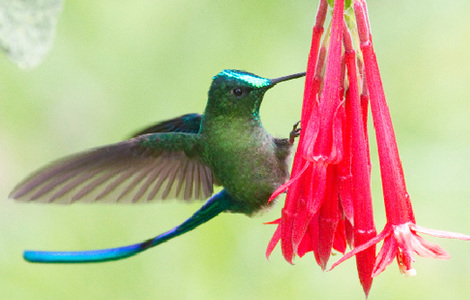
 Colombia: A birdwatcher's paradise
Colombia: A birdwatcher's paradise
 Journey of a migrant girl from village to ad world
Journey of a migrant girl from village to ad world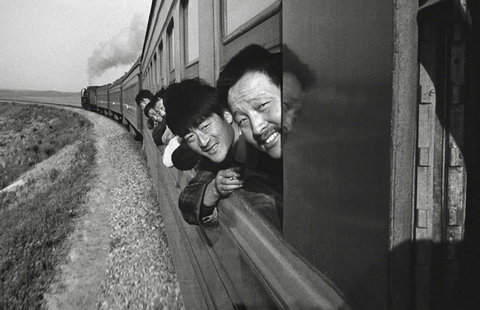
 Photographer captures Chinese on the train
Photographer captures Chinese on the train
 Hou Hsiao-Hsien's The Assassin premieres in Cannes
Hou Hsiao-Hsien's The Assassin premieres in Cannes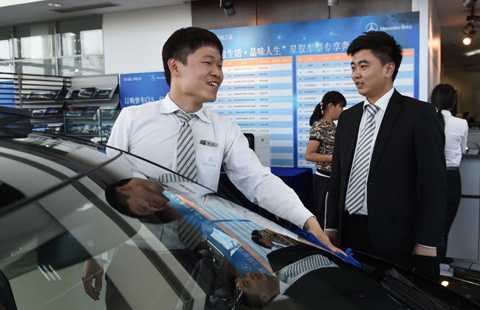
 Top 10 highest-paid white-collar jobs in China
Top 10 highest-paid white-collar jobs in China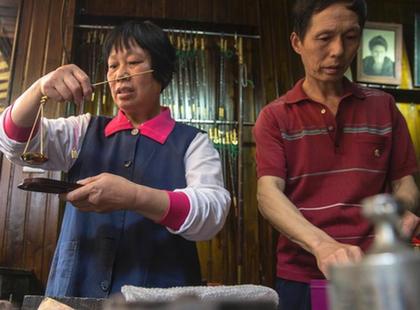
 The dying craft of balance scales
The dying craft of balance scales
 Culture Insider: Six things you may not know about Grain Buds
Culture Insider: Six things you may not know about Grain Buds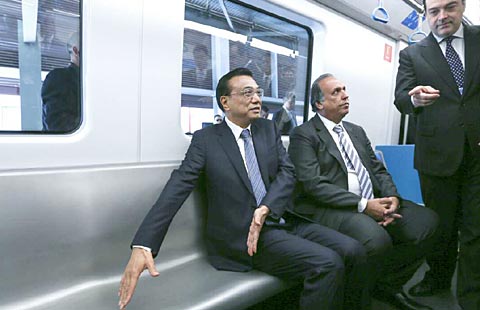
 Premier Li rides on new China-made train in Rio de Janeiro
Premier Li rides on new China-made train in Rio de Janeiro
Most Viewed
Editor's Picks

|

|

|

|

|

|
Today's Top News
Li: 'Great potential' for Sino-Colombian ties
Green-tea flavored coffee: a simile for cultural ties
Beijing responds to surveillance by US plane
Beijing sets out its rights after reports of incursion
China may have edge in race to build California's bullet train
US Senate votes to move forward fast-track trade legislation
Colombia runs into infrastructure bumps on road to prosperity
Premier Li arrives in Bogota to start official visit to Colombia
US Weekly

|

|






